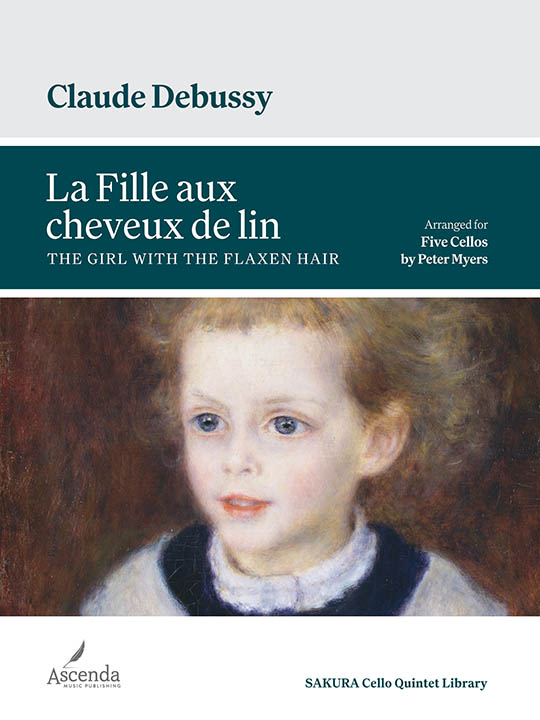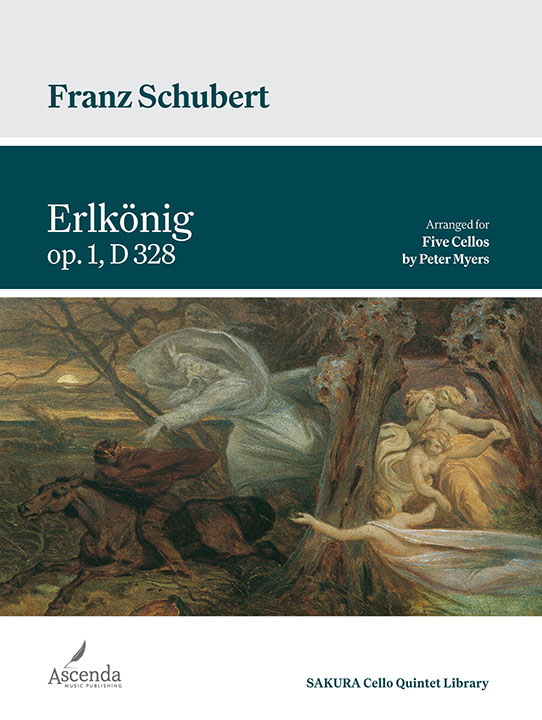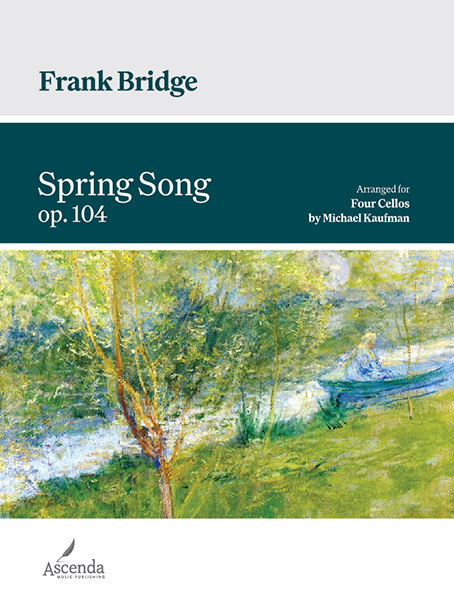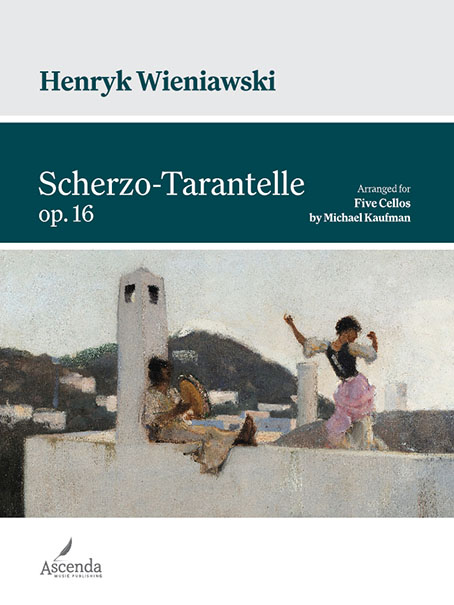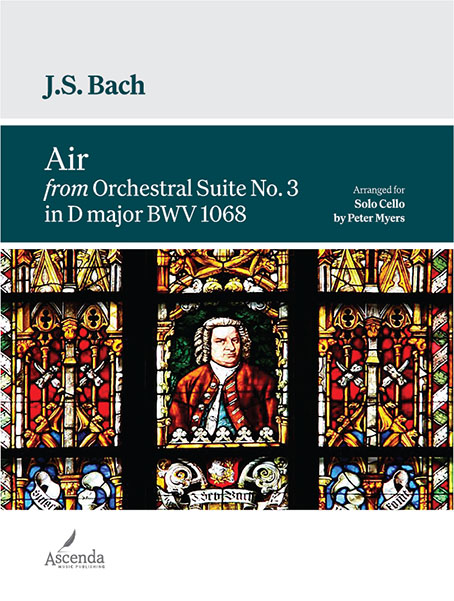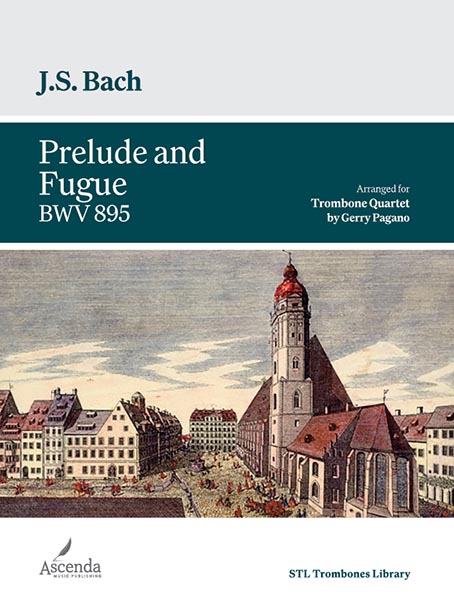
Rückblick for Bass Trombone or Tuba and Piano
This beautiful song without words looks back on the Viennese fin de siècle. Written exclusively in 5/4 time, the composer frequently disguises the meter, creating additional challenges for the performer and listener. The work was inspired by Mahler’s song “Die zwei blauen Augen von meinem Schatz” (“The Two Blue Eyes of my Beloved”) from his song cycle Lieder eines fahrenden Gesellen (Songs of a Wayfarer). The original version, written for bass trombonist Gerry Pagano, is in D major. This version (ASC10003) was transposed down to the key of A for bass trombone or tuba by the composer at Gerry’s request. Rückblick can be heard in its entirety in the original key of D on Gerry’s album Solitude, available for purchase at gerrypagano.org.



